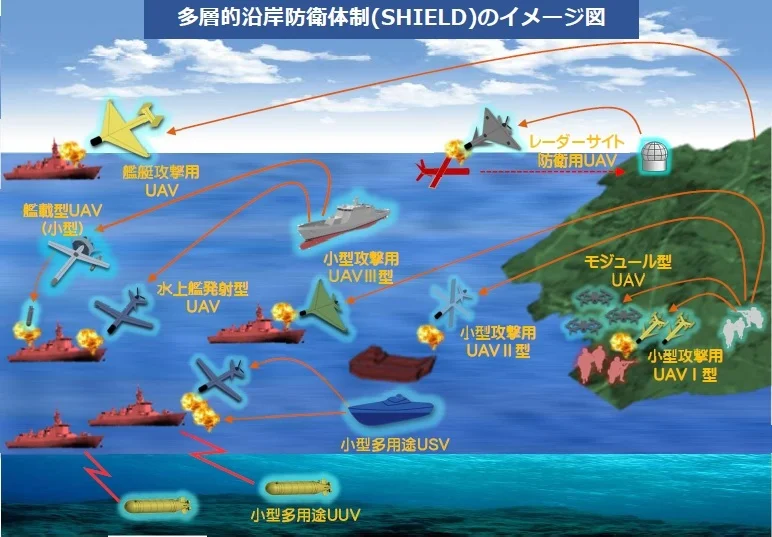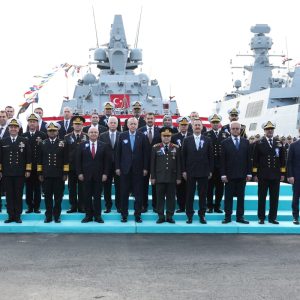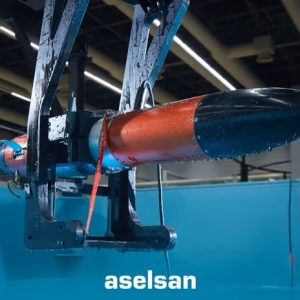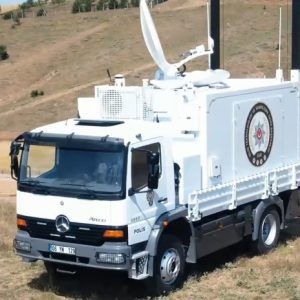Japan defense budget 2026 sets a new record. It focuses on unmanned systems and long‑range munitions. The goal is simple: deny any amphibious incursion against the Nansei island chain. In practice, the plan shifts mass, sensing, and firepower toward cheaper platforms that scale fast.
Key Facts — Japan defense budget 2026
SHIELD: A synchronized, hybrid, integrated, and enhanced littoral defense network. It links land, surface, subsurface, and aerial unmanned systems. Initial operations are targeted by FY2027.
Unmanned acquisitions: MQ‑9B SeaGuardian UAVs, long‑range maritime UAVs for ship detection, and coastal drones for obstacle mapping and amphibious support.
Stand‑off weapons: Improved Type 12 family, a submarine‑launched cruise missile, and the HVGP for island defense. Foreign buys include JSM, JASSM, and Tomahawk.
Fleet moves: One Improved Mogami‑class frigate, one Taigei‑class submarine, two patrol vessels, and one Awaji‑class minesweeper. Trials for two ASEV destroyers advance.
Airpower: Eight F‑35A and three F‑35B fighters, one P‑1 MPA, and two KC‑46 tankers. These assets extend reach over the southwestern approaches.
Why SHIELD matters for littoral denial
SHIELD pushes sensors and shooters into the littorals. It spreads risk across many nodes. As a result, the network can keep operating even if single assets fail. Moreover, unmanned patrols offer endurance and lower cost per hour. They also free manned crews for decisive tasks.
Crucially, the program arrives as new missiles enter service. Therefore, SHIELD’s targeting data can feed stand‑off fires without pushing manned jets or ships inside threat rings. In short, it connects the “find” and “finish” parts of the kill chain at speed.
Stand‑off weapons: range, mass, and credibility
Japan defense budget 2026 grows magazine depth on three tracks. First, domestic lines produce the improved Type 12 family. This includes a ground‑launched variant and a submarine‑launched cruise missile. Second, the HVGP adds prompt reach for island defense. It compresses enemy timelines and complicates amphibious staging. Third, foreign buys—JSM, JASSM, and Tomahawk—add near‑term capacity while local production ramps.
Together, these moves harden deterrence by denial. Potential adversaries must expect contested approaches and rapid counter‑fires. Consequently, the cost of mounting an amphibious assault rises sharply.
Fleet posture: fewer hulls this year, smarter sequencing
Naval spending favors sequencing over speed. Japan funds one Improved Mogami‑class frigate this cycle. However, the choice preserves shipyard bandwidth as Australia’s first three New FFMs are built in Japan. Meanwhile, a Taigei‑class submarine adds undersea punch. Two patrol vessels improve presence. An Awaji‑class minesweeper protects access in chokepoints.
Trials for two Aegis System Equipped Vessel destroyers continue. Thus, air and missile defense capacity keeps pace with regional threats. In parallel, Tomahawk integration across the Aegis fleet complements SHIELD with deep magazines at sea.
Airpower: endurance, sensing, and sortie generation
Japan defense budget 2026 adds eight F‑35A and three F‑35B fighters. The B‑variant pairs with the Izumo‑class conversions. Hence, fifth‑generation effects can launch from distributed decks. A single P‑1 MPA sustains high‑end ASW and ISR. Two KC‑46 tankers extend fighter and ISR persistence over wide distances.
The unmanned layer grows in tandem. Additional MQ‑9B SeaGuardian UAVs cover maritime routes. Long‑range maritime UAVs help detect surface ships. In addition, coastal surveillance drones map beach obstacles and support amphibious operations. These tools reduce strain on manned squadrons and ships.
Deployment timeline and basing
Japan is accelerating fielding. The improved Type 12 surface‑to‑ship missile reaches units earlier than planned. First deliveries go to the 5th Surface to Ship Missile Regiment at Camp Kengun, Kumamoto. Next, the Artillery Training Unit at Camp Fuji receives the system.
Air‑ and ship‑launched Type 12 variants move forward by one year to FY2027. JMSDF destroyer JS Teruzuki will field the missiles in 2027. Meanwhile, JASDF F‑2 fighters at Hyakuri Air Base become the first aircraft to carry them.
HVGP for Island Defense also arrives sooner. Camp Fuji receives the first unit in FY2025. New units stand up at Camp Kamifurano in Hokkaido and at Camp Ebino in Kyushu. Therefore, training can start early across multiple regions.
Strategic take: a denial‑first architecture for the Ryukyus
The plan builds a denial‑first force. Unmanned systems help to find and fix. Stand‑off fires finish targets from range. Selective manned presence adds friction where it matters. In effect, the force shifts from isolated upgrades to a coherent kill‑web shaped by geography.
Industry and sustainment still matter. Production lines must scale without quality slips. Data links and C2 must enable fast unmanned‑to‑manned cueing. Finally, stockpiles, tankers, and spares must keep pace. Otherwise, readiness will fade during a long crisis.
Risks and watch‑items
Three issues merit attention. First, industrial tempo across missiles, ships, and aircraft. Second, integration and authorities for rapid targeting. Third, sustainment for munitions and high‑demand enablers. Addressing these early will protect the return on this record request.
Related on Defence Agenda: More Japan coverage
Primary source: USNI News coverage of the FY2026 request
References
- USNI News — Japan’s record $60B defense request (2025‑09‑02)
- Breaking Defense — SHIELD, F‑35 and KC‑46 details (2025‑08‑29)
- Naval News — Naval programs, ASEV and New FFM (2025‑08‑29)
- The Diplomat — Budget pillars and SHIELD context (2025‑08‑29)
- AP — Japan accelerates long‑range missile deployments (2025‑08‑30)
- Asahi Shimbun AJW — Deployment timing by base (2025‑08‑30)
Further Reading
- Japan MOD (EN): Progress & Budget in Fundamental Reinforcement (FY2025)
- Naval News: HVGP testing background
- DSCA: $200M HVGP capability support











